What is an Инъекционная игла?
A chemical injection quill is a specialized device that introduces chemicals into a pipeline efficiently and safely. It serves as a critical interface between the chemical feed line and the pipeline, ensuring controlled chemical delivery. The design of the quill disperses chemicals evenly into the pipeline’s center, preventing them from clinging to the pipe walls. This method helps avoid potential damage and ensures optimal mixing. Additionally, modern quills often feature materials like Kynar or Hastelloy C-276 to resist chemical corrosion. Advanced models include features like integral check valves to prevent backflow when systems shut down, enhancing safety and functionality.
Different Types of Nozzles
EMT Company offers a diverse range of nozzles designed to meet various industrial needs. Each type of nozzle serves specific functions and applications, enhancing performance and efficiency in different contexts. Here’s a detailed introduction to the four types of nozzles we provide:
1. Parallel Nozzle
The Parallel Nozzle is designed for applications where the injection or extraction direction needs to run parallel to the flow of the medium in the pipeline. This alignment is crucial for processes requiring a streamlined flow to minimize disruption and maintain fluid dynamics. Such nozzles are ideal for scenarios where a gentle introduction of substances is needed without creating significant turbulence or pressure drops.
2. Perpendicular Nozzle
Our Perpendicular Nozzle is crafted for instances where substances must be injected or sampled at a right angle to the pipeline flow. This type is particularly useful for thorough mixing or dispersion of additives across the entire cross-section of the flow. It’s often used in chemical processing and water treatment facilities where precise control over the mixing and distribution of chemicals is necessary.
3. Open Nozzle
The Open Nozzle features an unrestricted design that allows for free flow of materials. This type is typically used in applications where there is a need for rapid introduction or extraction without resistance. Open nozzles are suitable for high-volume, low-pressure applications and are often favored in bulk transfer and waste management systems.
4. Sampling Nozzle
Specifically designed for collecting samples from the pipeline, the Sampling Nozzle ensures minimal contamination and accurate sample integrity. It is essential in industries like pharmaceuticals, food and beverage, and quality control sectors. The design of these nozzles facilitates easy access to the pipeline contents while maintaining the system’s pressure and flow conditions.
Each nozzle type provided by EMT Company is crafted with precision, using materials that ensure durability and compatibility with various chemicals and operating conditions. Whether for industrial mixing, sampling, or efficient material transfer, our nozzle solutions are engineered to deliver optimal performance and reliability.
Importance of Инъекционная игла in Piping
Injection quills play a crucial role in piping systems, primarily in the precise introduction of chemicals. They prevent damage to pipe walls by ensuring even distribution within the flow. This distribution is vital for consistent chemical reactions and process efficiency. Moreover, they reduce the risk of corrosion and extend the life of the pipeline infrastructure. Additionally, their advanced materials like Hastelloy and Kynar offer resistance against harsh chemicals, enhancing durability. Ultimately, the strategic use of injection quills boosts both safety and operational effectiveness in industrial settings. This makes them indispensable tools in various sectors, including oil, gas, and pharmaceuticals.
The Role of Injection Quills in Industry
Injection quills play a pivotal role across multiple industries by ensuring precise and safe chemical injection into pipelines. In the realm of chemical processing, these devices allow for the accurate dosing required for reactions and product formulations. They are essential for maintaining product quality and process efficiency. Similarly, in water treatment facilities, injection quills facilitate the controlled addition of treatment chemicals. This precision helps in effectively managing contaminants and ensuring safe water output.
Furthermore, the oil and gas industry relies on injection quills to introduce inhibitors that prevent corrosion and scale in pipelines. This not only enhances the longevity of the infrastructure but also ensures uninterrupted flow of oil and gas. In the pharmaceutical sector, where exact chemical composition is critical, injection quills ensure the stringent delivery of precise chemical volumes. This accuracy is crucial for maintaining the efficacy and safety of pharmaceutical products.
The benefits of using injection quills are significant. Firstly, they enhance safety by minimizing the direct handling of chemicals, thereby reducing exposure risks. Additionally, the improved efficiency in chemical dispersion ensures that reactions occur uniformly, which is vital for product consistency. Lastly, by ensuring chemicals are well-dispersed and not concentrated at certain points, injection quills reduce wear and corrosion in pipelines, extending their operational life and reducing maintenance costs.
Expert Answers to Common Questions
What materials are best for different chemical exposures?
The choice of material for an injection quill depends on the type of chemicals it will handle. For general applications, 316 Stainless Steel is widely used due to its resistance to a broad range of chemicals. For more aggressive chemicals, Kynar (PVDF) is suitable for its high chemical resistance, especially against chlorides and acids. Hastelloy C-276 is excellent for extremely corrosive environments due to its outstanding corrosion resistance.
How often should I inspect my injection quill?
Inspection frequency for an injection quill should align with the operational conditions and the nature of the chemicals used. As a general rule, a monthly visual inspection is advisable, while a more detailed inspection should occur semi-annually. Always inspect more frequently if the quill handles highly corrosive substances or operates under extreme conditions.
Can injection quills be used with any chemical?
While injection quills are versatile, they are not universal for all chemicals. Material compatibility is crucial. Each material used in quill construction offers different resistance properties. Always consult material compatibility charts or a specialist when selecting a quill for a new type of chemical.
What are the signs that an injection quill needs replacing?
Signs that an injection quill may need replacing include visible damage such as cracks, significant corrosion, or erosion on the stinger or body. Performance issues like inconsistent dosing or leakage also indicate that a replacement might be necessary. Regular inspections help identify these signs early.
How do I troubleshoot a malfunctioning injection quill?
To troubleshoot a malfunctioning injection quill, start by checking for any physical damage or blockages in the quill or the check valve. Ensure that the quill is not clogged with debris or sediment, which can impede function. Also, verify that all fittings are tight and secure to prevent leaks. If problems persist after these checks, consult with the manufacturer or a specialist for further diagnosis.




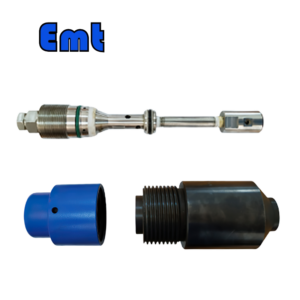
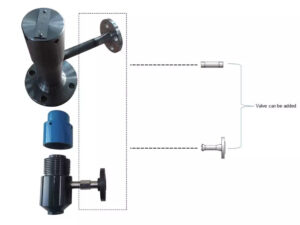
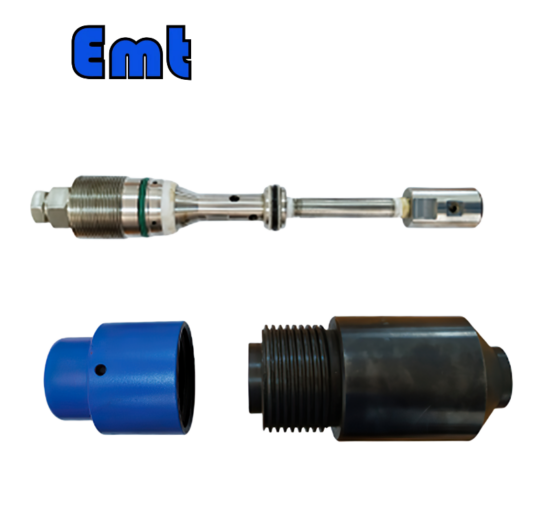
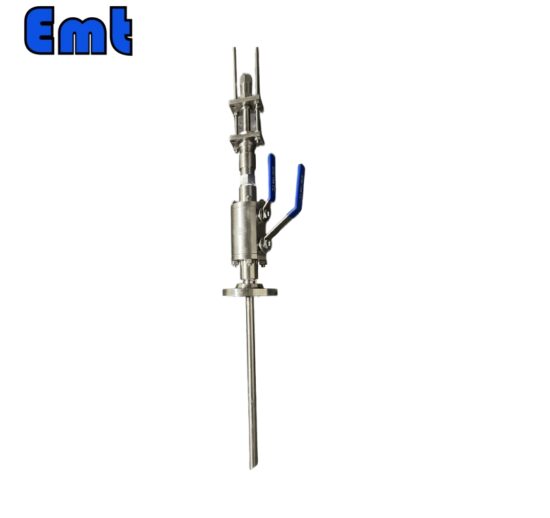
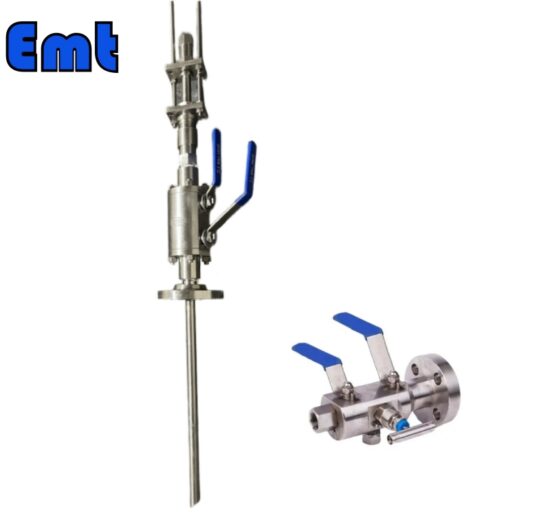
Отзывов пока нет.